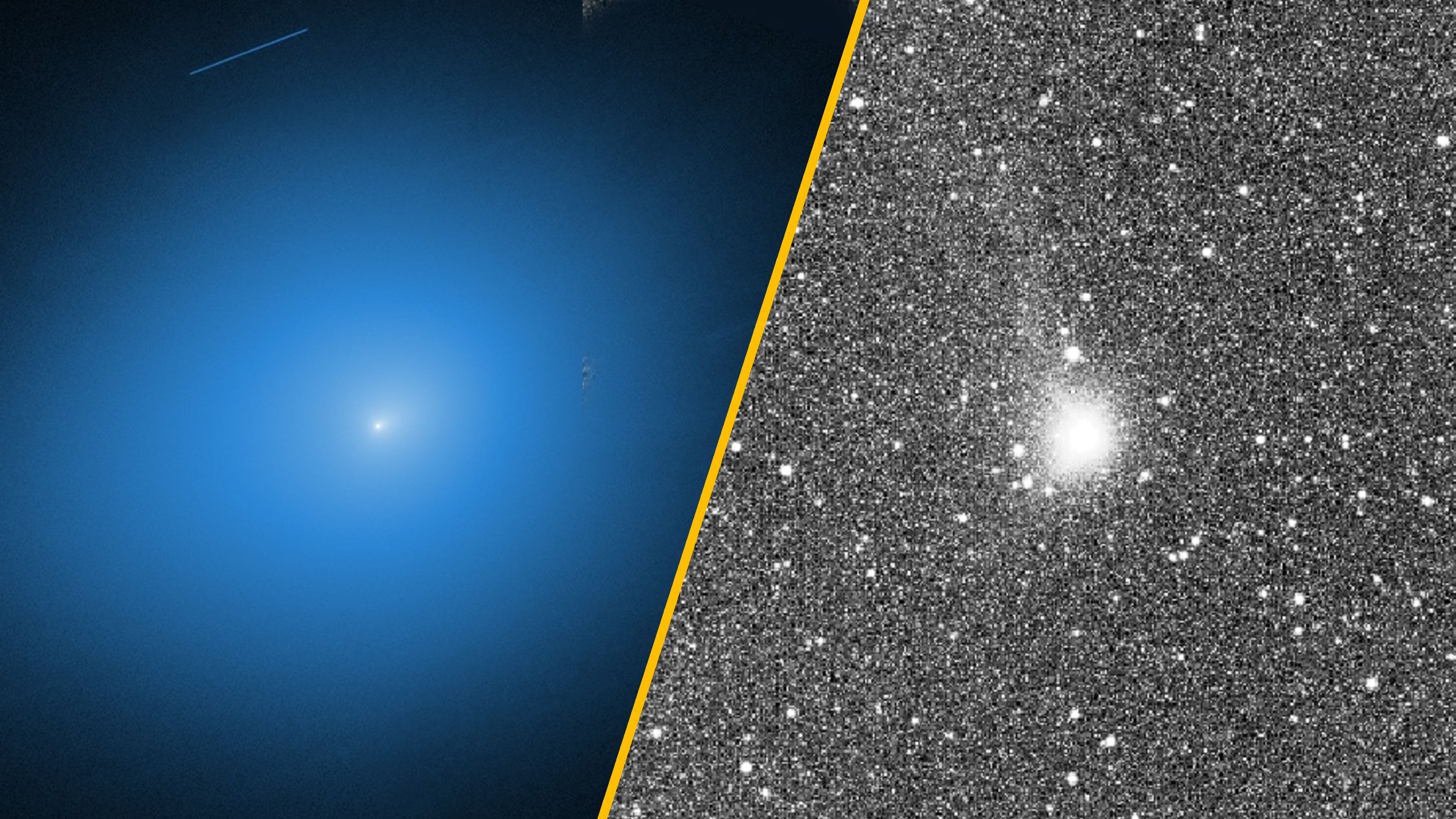Charred piece of secretive Chinese rocket found still smoldering in the Australian outback
Experts believe that a five-foot-wide piece of space debris discovered near an Australian mining town was part of a dead Chinese rocket. The wreckage likely crashed just before it was found.
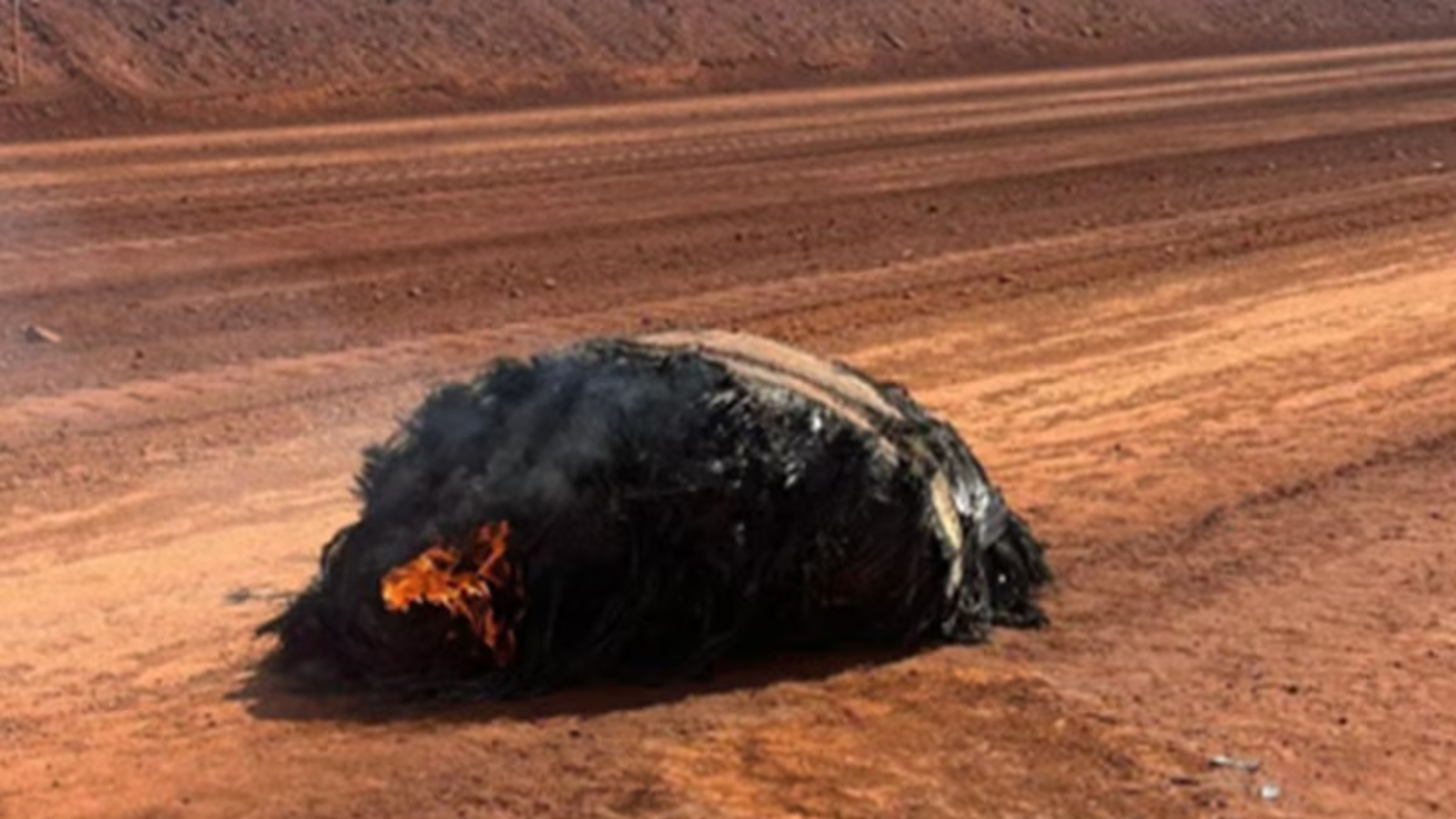
A hefty chunk of blackened material recently found smoldering in the Australian outback is likely part of a secretive Chinese rocket, experts claim. The charred debris likely crash-landed shortly after failing to completely burn up upon reentry to Earth's atmosphere.
Local miners discovered the smoking wreckage, which measures around 5 feet (1.5 meters) across, at around 2 p.m. local time on Saturday (Oct. 18), roughly 18.5 miles (30 kilometers) from the town of Newman in the Pilbara region of Western Australia, ABC News originally reported.
Local police quickly identified the object as potential space debris after ruling out the possibility that it had fallen from an aircraft. The Australian Space Agency was then called to recover the wreckage for further testing, but was unable to identify the debris immediately.
Marco Langbroek, an aerospace engineering analyst at the Delft Technical University in the Netherlands who tracks the trajectories of orbiting spacecraft, was the first to identify the likely origin of the debris as the upper stage of one of China's Jielong 3 rockets, which deorbited shortly before the discovery, according to Live Science's sister site Space.com.
This theory was later backed up by other experts, including Jonathan McDowell, an astronomer at the Harvard & Smithsonian Center for Astrophysics who has been tracking space debris reentries for more than 35 years. It is currently unclear when this rocket was initially launched into space.
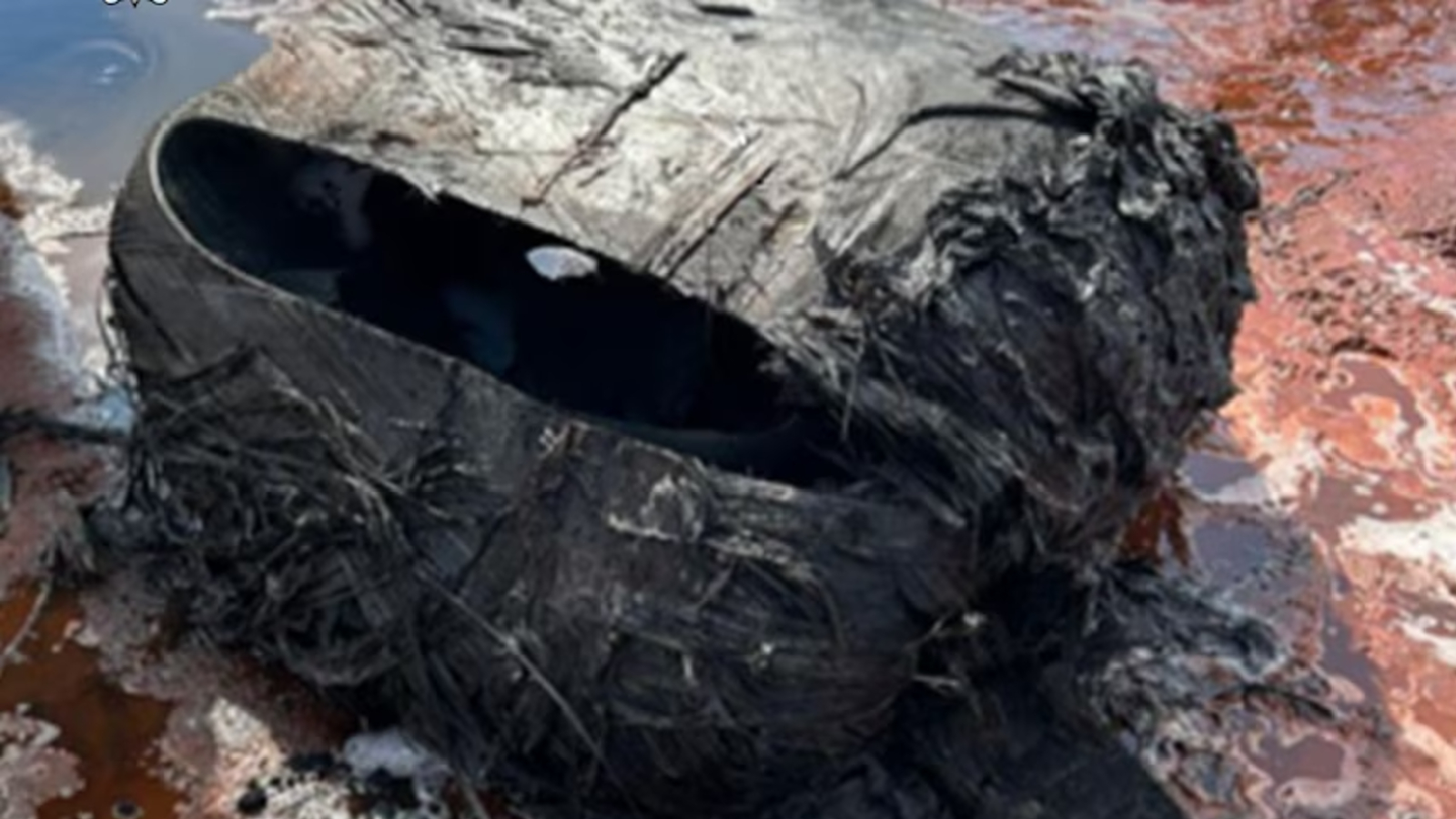
Experts are unsure exactly which part of the 102-foot-tall (31 m) rocket was found near Newman, due to its extensive damage and uncertainty around the spacecraft's design, which results from the high secrecy surrounding China's entire space program, including their rocket designs, space plane, moon missions and satellite constellations.
However, it appears to be largely composed of carbon fiber, according to Space.com. The most likely scenarios, therefore, are that it is either a composite overwrapped pressure vessel (COPV), which contains high-pressure gases and liquids inside rockets, or the mangled remains of the entire upper stage.
Get the world’s most fascinating discoveries delivered straight to your inbox.
Based on its size and landing spot, Langbroek also estimates that the surviving chunk of the rocket weighs a hefty 660 pounds (300 kilograms). This could be further proof that the rocket is powered by an experimental solid-fuel source, as solid fuel is heavier than traditional liquid rocket fuel, he added.
But one of the biggest surprises about this incident is that the wreckage was still partially burning when it was found, which is highly unusual. This is likely the sign of a "very recent impact," Langbroek wrote in a blog post.
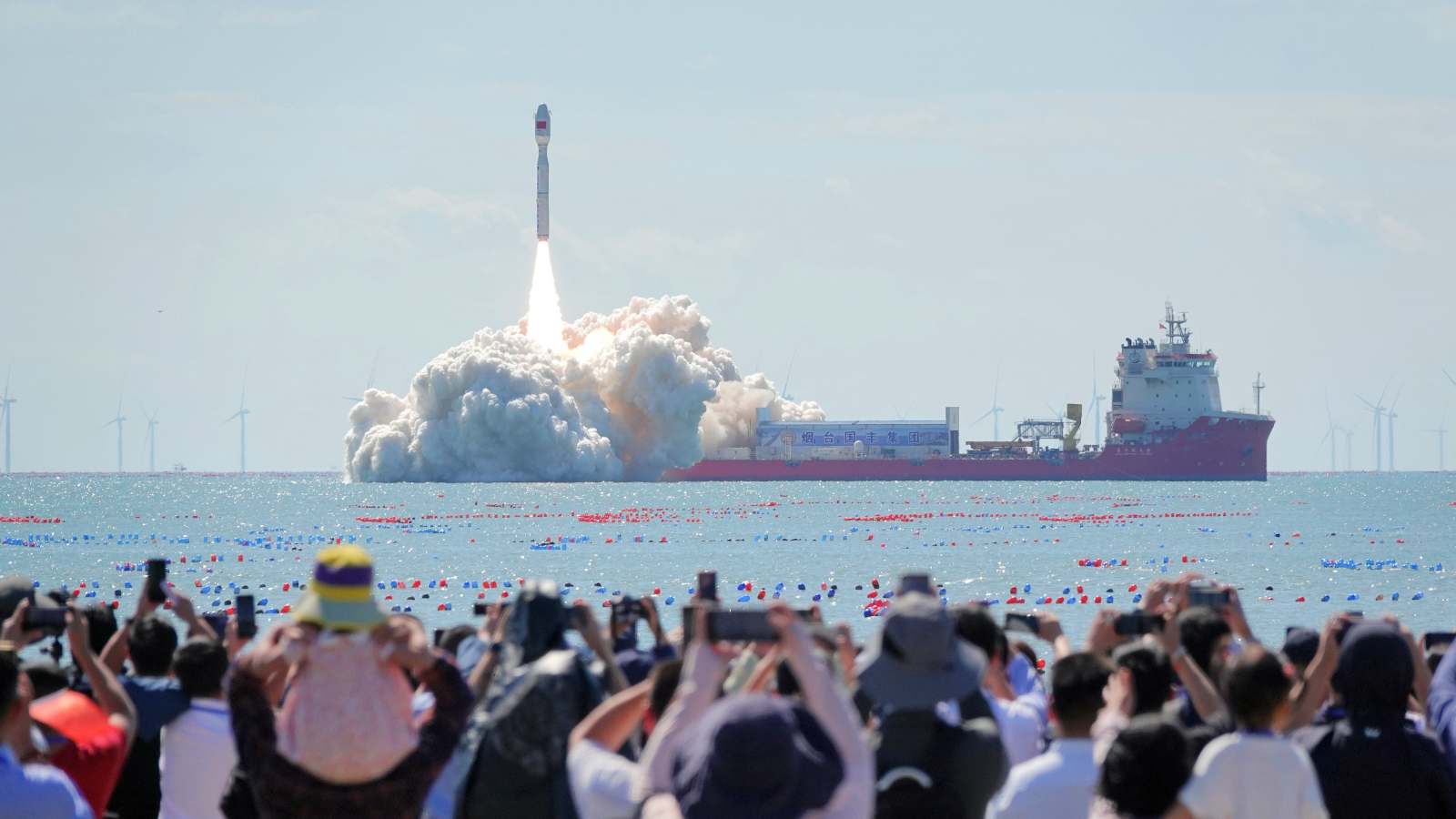
What goes up must come down
Every object that ends up in low Earth orbit, whether it be a satellite, rocket stage or larger spacecraft like the International Space Station (ISS), is doomed to eventually fall back to Earth once its operational lifespans comes to an end, according to NASA.
Normally, these objects fully burn up upon reentry, such as China's Shenzhou-15 spacecraft, which created a spectacular "fireball" when it burned up over California in April 2024. If spacecraft are too large to disintegrate completely, they are often strategically deorbited so that they end up landing in a remote part of the ocean.
But sometimes, an object that is expected to burn up doesn't end up fully disintegrating, or a hefty spacecraft makes an uncontrolled reentry — such as the dead Soviet spacecraft Kosmos 482, which made headlines as it fell to Earth in May. When this happens, large chunks of debris can rain down on Earth's surface, with potentially devastating consequences.
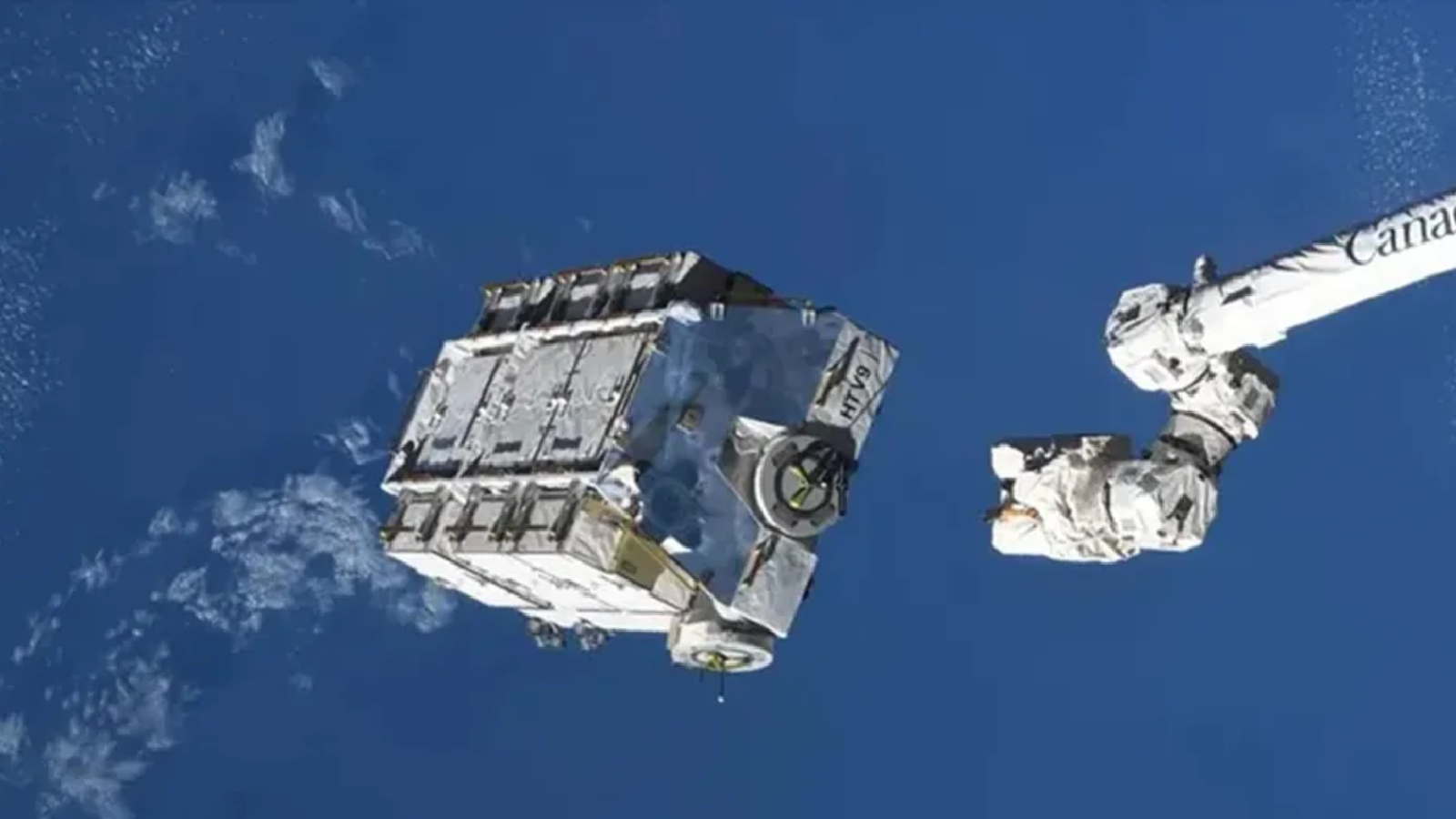
China has previously been criticized for the high number of its rocket boosters that have fallen to Earth over the last several years. This happens because they are much larger than most other boosters and because they are left to reenter on their own, without any guidance from operators on the ground.
While nobody has been injured or killed by falling space debris so far, there have been some near-misses. For example, in January, an 8-foot-wide (2.5 m) metal ring landed in the middle of a village in Kenya, and in April 2024, the remains of a battery pallet dumped by the ISS crashed into a house in Florida.
A 2022 study predicted that there was a 10% chance of a space junk-related casualty within the coming decade, with a higher chance of mortality for people living in the Southern Hemisphere.
Many space agencies and private companies are investigating new space junk removal methods, but the rate at which new objects are being deployed in orbit far outpaces any progress being made in removal technologies.

Harry is a U.K.-based senior staff writer at Live Science. He studied marine biology at the University of Exeter before training to become a journalist. He covers a wide range of topics including space exploration, planetary science, space weather, climate change, animal behavior and paleontology. His recent work on the solar maximum won "best space submission" at the 2024 Aerospace Media Awards and was shortlisted in the "top scoop" category at the NCTJ Awards for Excellence in 2023. He also writes Live Science's weekly Earth from space series.
You must confirm your public display name before commenting
Please logout and then login again, you will then be prompted to enter your display name.


